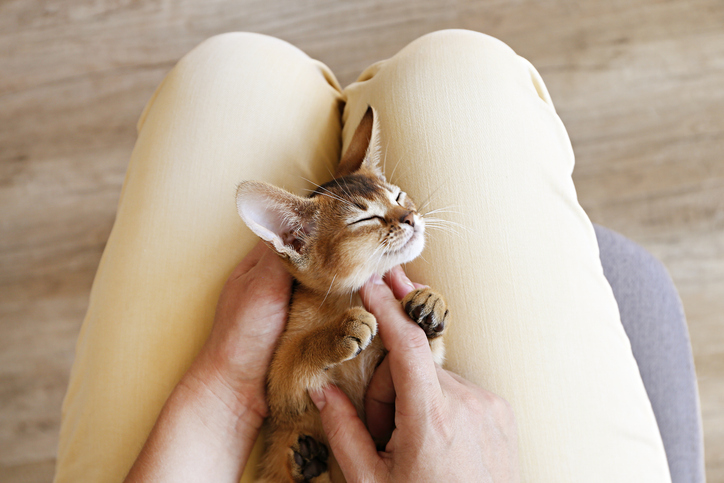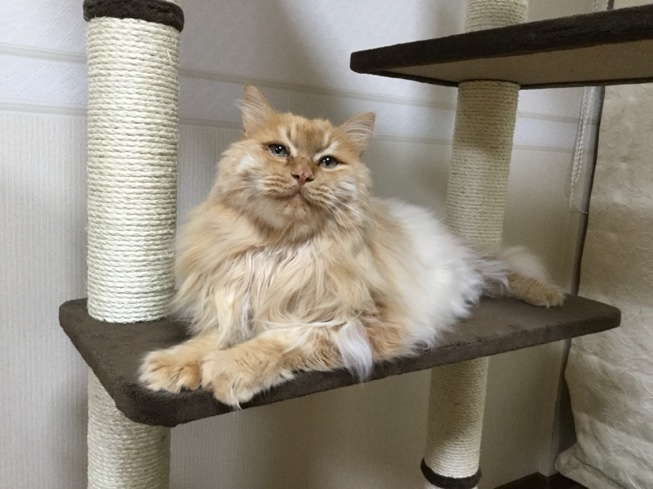A study from Japan has identified potential genes behind cat purrs, and the discovery could help us understand why our furry companions make these contented rumblings.
Despite humanity's long relationship with domestic cats (Felis catus), the purr remains mysterious, and its purpose is still up for debate. So is whether similar vocal vibrations in big cats also count as purrs, or if the phenomenon is unique to the smaller members of the cat family.
The new information may eventually help solve some of these outstanding questions.

Analyzing the DNA and owner-reported behavior of 280 domestic cats, Kyoto University biologist Yume Okamoto and colleagues identified a gene linked to purring and other forms of cat vocalizations.
Cats with short-type androgen receptor genes were reported to purr more by their owners than those with a long-type. Male cats with this short-type gene were also reported to be more vocal towards humans.
Androgen receptors mainly regulate testosterone, so the length of the gene likely influences testosterone-related behaviors, which include vocalization.
By examining this gene across 11 cat species, the researchers found the long-type version was only present in domestic cats. Even their closest relatives, the fishing cat (Prionailurus viverrinus) and leopard cat (Prionailurus bengalensis), did not have the longer forms of the gene, suggesting it arose during cat domestication.

Previous research found pure-bred cats are more likely to have the long-type gene than mixed-breed cats, which often began life as strays. As such, the researchers suspect cats consistently raised by humans aren't as dependent on vocal communication for their survival, allowing cats with the long-type genetic variation to survive in the pure-bred population.
"This result aligns with the association between purring and vocal communication as strategies for seeking attention or support, benefiting survival through interactions with both cats and humans," Okamoto and team write in their paper.
Cats also purr when they are severely injured, so some researchers have proposed purring could be a healing mechanism too.
A few years ago, researchers found squishy pads in cat vocal cords produce the low-pitched vibrations without muscle contractions, so the 25- to 30-Hz rumble is, to some extent, automated.
We're gradually getting a better understanding of this soothing cat behavior.
"Through our research, we hope to deepen our understanding of cats and contribute to building happier relationships between cats and humans," says Okamoto.
This research was published in PLOS One.
